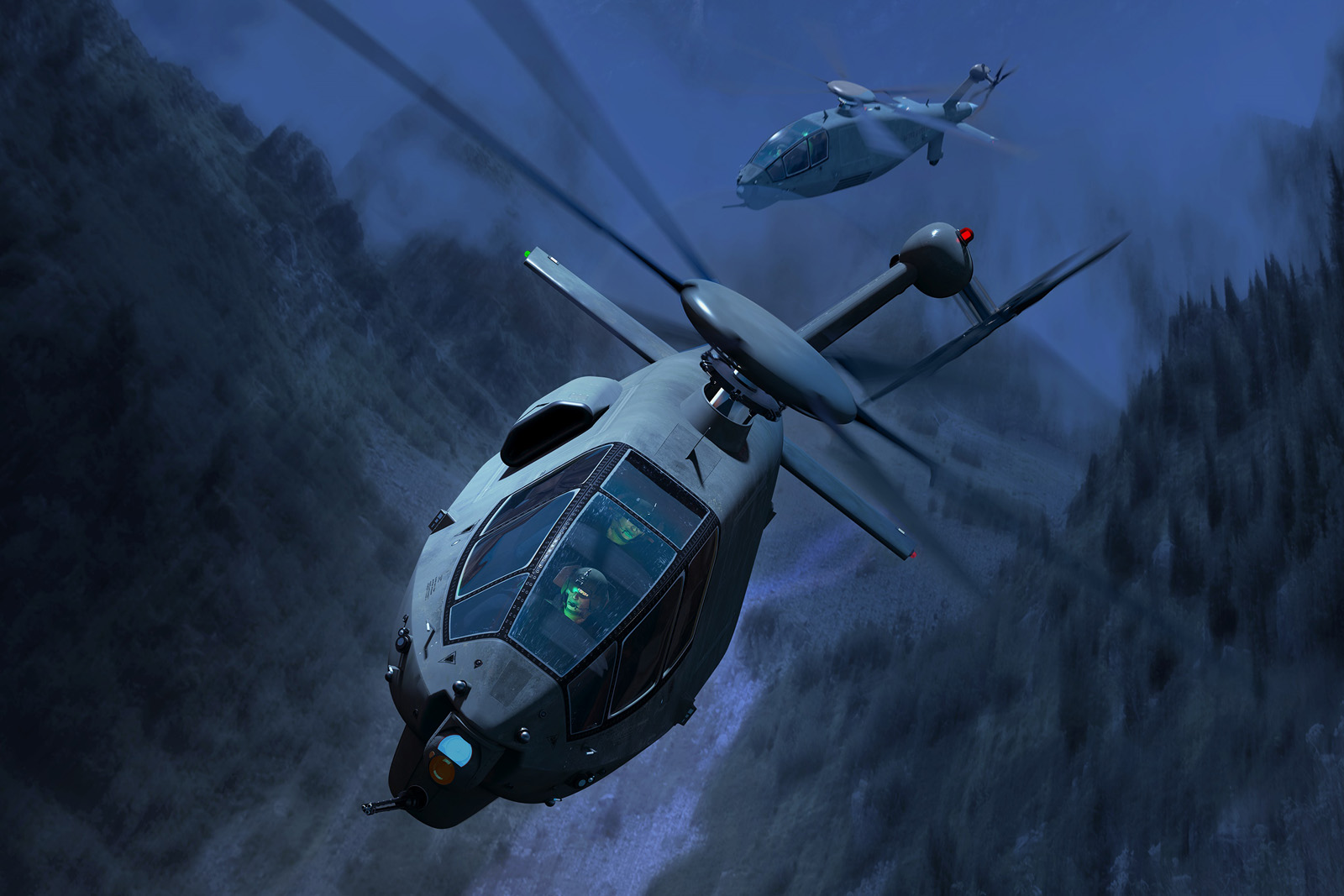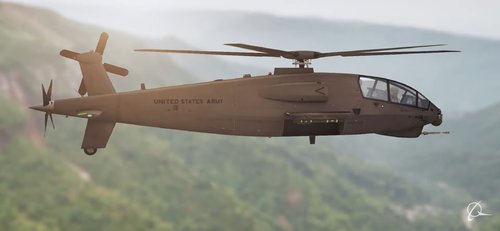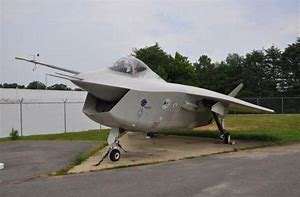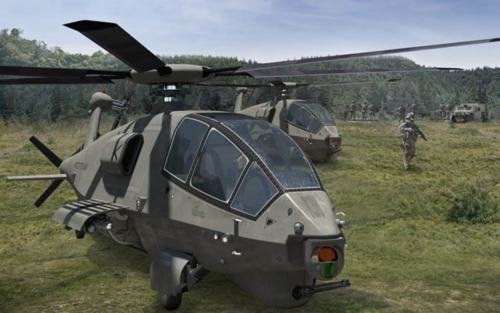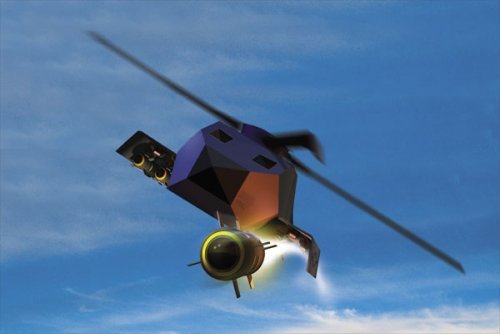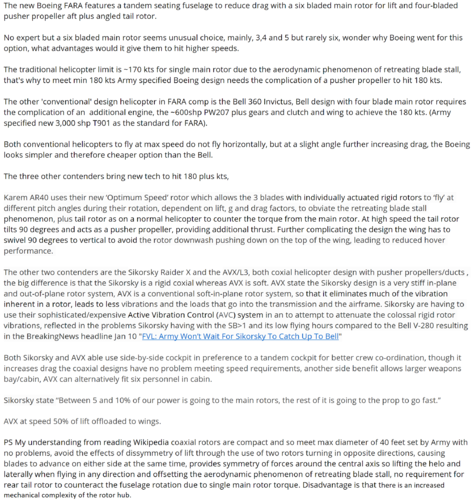It was a brilliant design and was faster and more maneuverable than the competition. It was the way the STOVL propulsion was done that was the problem. Of course, the whole way the JSF program was handled was a giant cluster****, and antithetical to the way these, X-programs, were done in the past.
I should also note that I think the Boeing FARA submission is the best looking of the submissions. The AVX and Sikorsky designs are "fat" by comparison, they look like flying potato bugs. The Bell design isn't bad, if somewhat "bumpy". The Karem design is interesting, but the tail seems to be a bit complicated to me, in the tilt rotor sense. What's funny is the Karem design and the Boeing design appear to be the low drag "fighters" of the design group, but many appear to prefer the other "frumpy" designs.
Although I like your post, wasn't the other problem with the Boeing X-32 that as flown it could not fly the required carrier approach operationally, so that was the reason for the proposed redesign?
As far as low drag fighters, remember the Army isn't asking for all that much speed. Nowhere near what is required for FLRAA, and both of those proposals have side-by-side seating. I think what AVX , Karem and Sikorsky are going for is offering the possibility of cabin space in the fuselage, maybe to carry a few troops/SOF personnel. Bell and Boeing, OTOH, think that since this is not an actual baseline requirement of FARA, they don't believe Army will pay enough extra to get it for them to be willing to increase the price of their bid sufficiently to include it.

